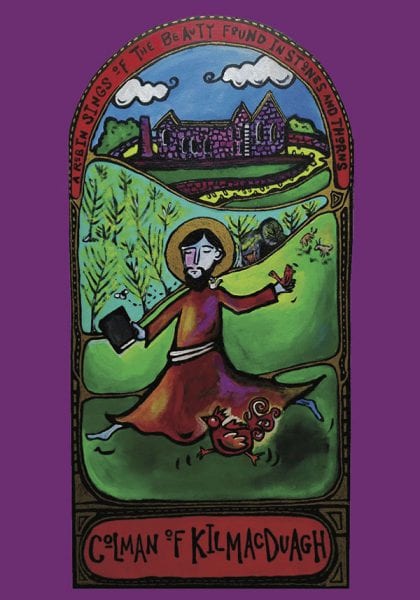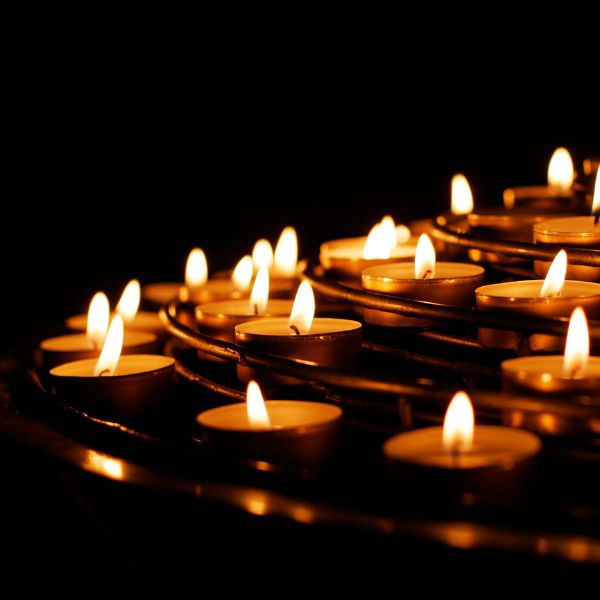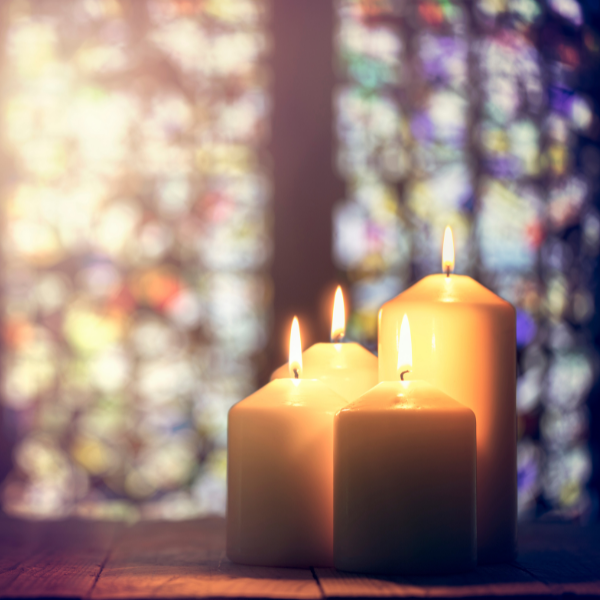The great, gashed, half-naked mountain is another of God’s saints. There is no other like him. He is alone in his own character; nothing else in the world ever did or ever will imitate God in quite the same way. That is his sanctity.
-Thomas Merton, New Seeds of Contemplation
These mountains — Mount Baker and the Sisters and Shuksan, the Canadian Coastal Range and the Olympics on the peninsula — are surely the edge of the known and comprehended world…. That they bear their own unimaginable masses and weathers aloft, holding them up in the sky for anyone to see plain, makes them, as Chesterton said of the Eucharist, only the more mysterious by their very visibility and absence of secrecy.
-Annie Dillard

As Betsey and I left Seattle and sailed across the water by ferry to get to the retreat center where we were leading the Awakening the Creative Spirit program, Mount Rainier greeted us, rising above the Sound. She is a sacred mountain here, mostly shrouded by cloud cover or fog. When she is revealed, especially in her full glory, it is an occasion for wonder and delight. She was visible on our return trip as well — we have had a long streak of sunny and clear weather here in the Northwest– an invitation to me to pay attention to the grandeur of the work and the mystery of the process. From our retreat center we had a view of the Olympic mountain range and so I was aware of the sacred presence of mountains all week long.
During our week, one of our participants offered some essential oil she had brought for the journey to share. It was called Sacred Mountain and contained the essence of fir and pine. As we shared our stories one evening, our hands were then anointed by this oil in a spontaneous act of honoring and extending healing.
As a child, my family would go to the Tyrolean mountains in my father’s native Austria. I remember with such fondness the preparation of gear, putting on the proper socks and boots, packing a rucksack with lunch and drink, and carrying my hiking stick. At each summit we reached, a new medallion would be attached to it. I loved the collection that spanned my stick and indicated those places to which I had taken the difficult journey.
Mountains appear again and again in sacred texts as places of theophany, where the voice of God is heard in a particular way. They are places of pilgrimage, where those seeking sacred depths ascend higher and higher in a paradoxical journey. They are indeed Saints, as Merton writes, expressing the fullness of what they were created to be with no holding back.
I heard God’s voice many times over the week, mostly in whispers and gentle moments, through laughter and tears and stillness. But as I savored the time upon my return, I saw in my heart a swelling up that mirrored this grand mountain. I discovered a powerful rising of hope within me, even larger than any earthly mountain, the possibility of a world where creative expression is encouraged, uplifted, celebrated. A world where we stand in awe of a great and sacred power pulsing through the world, made visible in grand and sacred mountains as well as in a single teardrop.
What is the Sacred Mountain in your area? What does she reveal to you about the nature of the sacred?
Our next Poetry Party will be on Monday, June 1st! Blessed Sabbath to you.
___________________________________________________
© Christine Valters Paintner at Abbey of the Arts:
Transformative Living through Contemplative & Expressive Arts
Become a fan of the Abbey on Facebook, follow this blog on Facebook, friend me on Facebook or follow me on Twitter








7 Responses
Our sacred mountain(s) in Walla Walla are the Blue Mountains. I had never seen them before we visited prior to our moving here in 2000; however, the first glimpse of them and I was smitten! We have a teeny, sort of obstructed view from our living room but a better view comes in sight when I walk our dog around the block. Each time I come to the top of our little neighborhood hill and turn the corner I am taken with the surprise of the mountains – they’re always there (I think even when I’m sleeping) but I’m always surprised and moved to thanksgiving. I find them comforting, majestic, the proof of God’s creative power.
The first glimpse that I mentioned of these mountains is on a drive to a small town about a half hour away from WW. We go to a small church there 2 times a month. Each time we come to that “initial” view we always smile at each other and say – “there they are – do you remember the first time?” It’s sort of a standard joke now but still a true one – we were smitten!
Christine, Yes, like dragons in moats, very archetypal, and which remind me also of the thousands of gargoyles atop buildings all over the city! Pictures of peregrines look so vulnerable, though, and I feel for their dwindling numbers. This may not be, and probably isn’t what you meant, but the first thought that came to mind in response to your question I immediately repressed. If they are watching for something it is probably any sign of danger to their offspring, or what I did not want to think about, their prey. Falcons on mountaintops are carnivores and are expert hunters and I am sure these falcons are no different, and there is a huge population in New York of pigeons and small birds (which I love dearly and photograph frequently), and which would be their food source.
Tess, I love your childhood stories of the Viking barrow, what delight!
lucy, I see you are finally coming to your senses. ;-)
kigen, thanks for sharing this lovely story. Falcons on bridges sounds very archetypal, kind of like dragons in moats. What are they watching for do you think?
kigen, what an interesting piece about the peregrine falcons. A very fine additional use for the highrises.
Thanks Tess for that lovable childhood reminiscence! Lucy, fun plum problem! ((-:
Christine, You’ve mentioned that you are a former New Yorker, so I thought you might find this interesting, and maybe others will too. Yesterday the NY Daily News broke a story about Peregrine Falcons nesting on the tops of some of the city’s mountain-high bridges —here’s an amazing quote:
“They’re cute, and fuzzy, and don’t pay rent. Or tolls. Five peregrine falcon chicks hatched atop three city bridges this month, including a trio of newborns enjoying a spectacular view of New York Harbor from atop the Verrazano-Narrows [Bridge]. The proud peregrine parents welcomed two girls and a boy to their roost 693 feet above the water on the span’s Brooklyn tower. Another boy was born atop the 360-foot tall Bronx tower of the Throgs Neck Bridge, with a third male arriving at the Marine Parkway-Gil Hodges Memorial Bridge in Queens […].
“The peregrine falcons remain on the state endangered species list, with just 67 pairs documented in New York. Don’t expect the kids to stick around. The youngsters will test their wings in June, with all expected to fly the city-owned co-ops by July.”
C–we, of course, share this sacred mountain called, rainier. i realize as i write that one of the disadvantages of summer and spring is that the ornamental plum outside my window is in full array and banishes my distant view of the mountain. i guess that adds one more benefit to fall and winter, huh? :-)
tess–i adore what you have written about your Viking barrow!! i can see the imagination of your inner child burgeoning :-)
This is lovely, but I’m afraid to say your last question made me laugh! The ‘sacred mountain’ in my horribly flat part of England is a very modest slope which makes walkers and bikers puff a bit.
You post made me remember though when I was growing up in Harrow-on-the-Hill (which is now pretty much a London suburb but then was a separate community). The town was, as you can imagine from the name, dominated by Harrow Hill – which is home to the English public school with its many famous alumni.
It isn’t exactly a mountain, but as a child I was convinced it was really a large Viking barrow, and that there was treasure buried underneath it. There was (still is, I imagine) a beacon at the very top of the hill which blinked on and off to warn low-flying aircraft landing at Elstree private airstrip nearby. I was sure this was actually a signal to treasure-hunters. There were many occasions when I would skirt around the bottom of the hill, looking for markings in the grass which might lead me to the entrance I was sure was there somewhere.